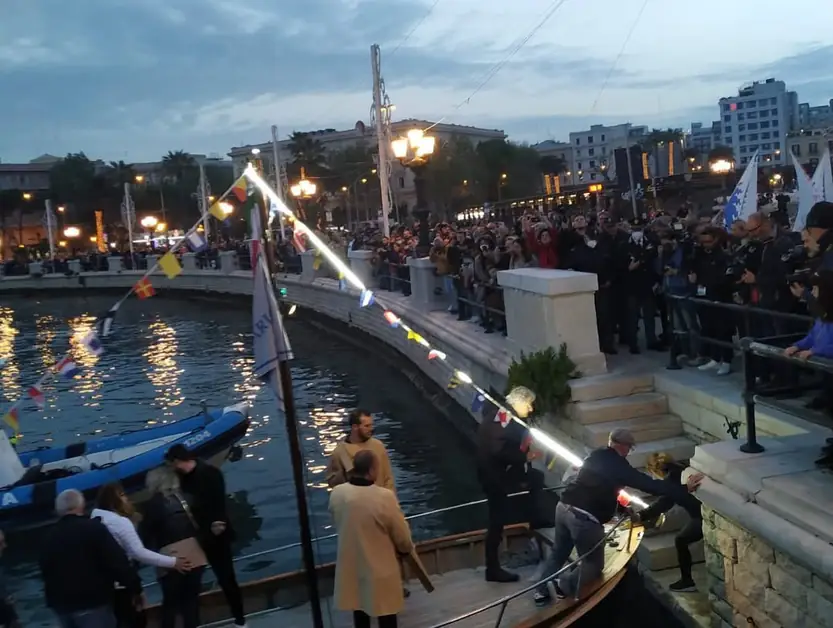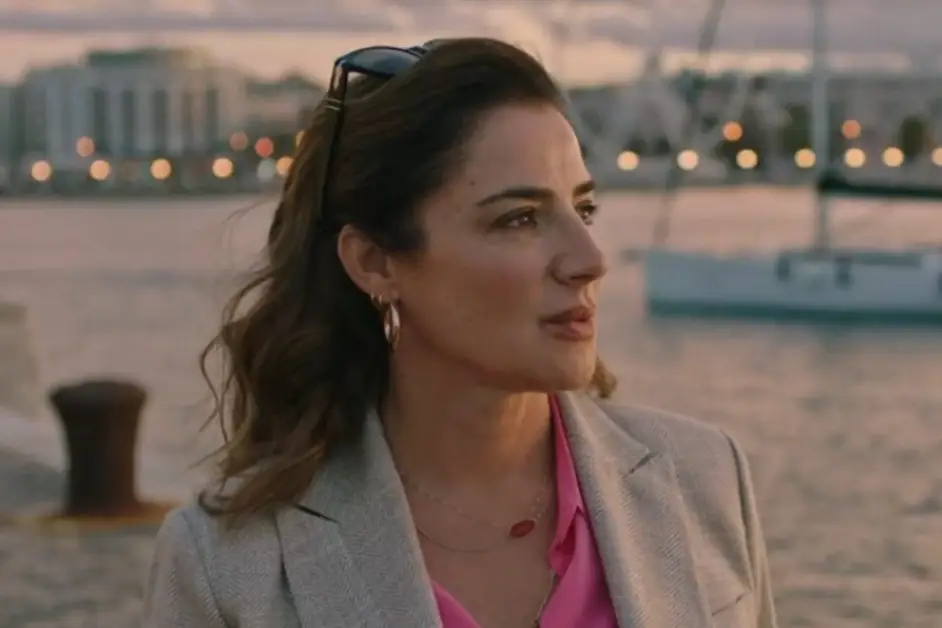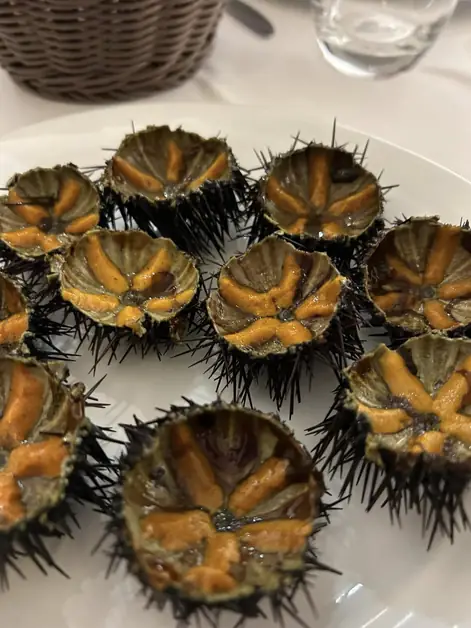The Arrival of St. Nicholas Painting
The arrival of the painting of St. Nicholas at Molo Sant'Antonio is an event that unites the sacred and the profane, celebrating Bari's tradition with a maritime procession and culinary festivities.

Spring in Bari brings not only the scent of the Adriatic Sea and longer days but also one of the most heartfelt events for the locals: the arrival of the painting of St. Nicholas at Molo Sant'Antonio. Every year, during May, this ceremony transforms the seafront of the Apulian city into a stage of faith and tradition. The event fits perfectly into the celebrations dedicated to the patron saint of Bari, a figure loved and venerated far beyond Italian borders.
St. Nicholas was not born in Italy, but his story is deeply intertwined with that of Bari. In 1087, a group of Bari sailors stole the saint's remains from Myra (in present-day Turkey) to bring them to their city. This transfer, known as the "translation," is still celebrated today with great participation. The painting depicting the saint, the object of the ceremony at Molo Sant'Antonio, is an 18th-century representation showing St. Nicholas with his typical attributes: episcopal robes and three golden spheres, symbols of his generosity.
The arrival of the effigy at the pier is a moment that unites the sacred and the profane. The painting is transported by sea on a boat adorned with flowers and colorful drapes. Dozens of boats accompany it in a maritime procession, creating a suggestive spectacle against the blue of the Adriatic. When the main boat approaches Molo Sant'Antonio, a crowd of faithful and curious onlookers waits with bated breath. The moment of disembarkation is greeted with applause, traditional songs, and often the throwing of rose petals into the air.
What strikes one about this celebration is the atmosphere that permeates the Bari seafront. Entire families, from grandparents to children, participate with enthusiasm. The elderly share stories and anecdotes related to the saint with the young, thus passing down a centuries-old tradition. The scent of the sea mingles with that of local culinary specialties sold at stalls set up for the occasion. Focacce, sgagliozze (fried polenta), and popizze (fritters) accompany the festivities, offering visitors a taste of the rich Apulian culinary culture.
For those visiting Bari in May, witnessing the arrival of the painting of St. Nicholas represents a unique opportunity to immerse oneself in local culture. It is not just about observing a religious ceremony, but participating in a moment when the Bari community reaffirms its identity. The vibrant colors of the decorations, the sounds of the bands accompanying the event, and the fervor of the crowd create an atmosphere that is hard to forget.
The ceremony usually takes place in the first half of May, coinciding with the celebrations for the feast of St. Nicholas (May 7-9). To fully enjoy the spectacle, it is advisable to arrive at Molo Sant'Antonio a bit early and secure a front-row spot. Comfortable clothing and a bottle of water are recommended, especially on warmer days. The ceremony lasts about an hour, but the celebrations continue throughout the afternoon in the historic center.
After witnessing the arrival of the painting, it is worth exploring the Bari Vecchia district, with its narrow alleys and the ladies preparing fresh orecchiette in front of their doorsteps. A visit to the Basilica of St. Nicholas, where the saint's relics are kept, perfectly completes the experience. This imposing Romanesque church represents the spiritual heart of the city and deserves to be visited leisurely, admiring its artistic treasures. The arrival of the painting of St. Nicholas at Molo Sant'Antonio is not just a religious event but a window into the true soul of Bari: a city that knows how to preserve its traditions while looking to the future, warmly welcoming visitors who wish to discover its cultural richness.



